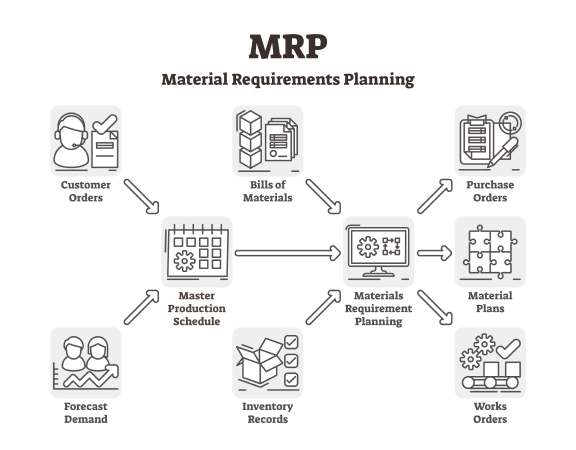
For every manufactured item from a spoon to a spacecraft there is a document known as a “blueprint”. Blueprints got their name from the ink color used in early document reproduction. If the blueprint is the birth certificate and life history of a part, then the bill of materials (BOM) contained therein is the recipe.
A single part will not have a formal “bill of materials”, this is replaced by the raw material and secondary processes in the “notes” section of a blueprint. When multiple parts are joined then there is an Assembly Blueprint dedicated to describing all the different parts needed. While each part of the assembly will have its own print, the assembly drawing will have a full list of required components called the “Bill of Materials”.
The more information contained in a bill of materials the more likely you are looking at a well developed product or assembly. At minimum expect a description of each part right down to each nut, bolt, or piece of tape, and the quantity per assembly. If a suggested source of supply or commercial part number is there, you would have what you need. Make sure you know the difference between a “suggested source of supply” and a “directed buy” with your customer. Woe be the purchasing dept that violates a “directed buy”.
Look for a consecutive number on the left hand column, that should correspond to a circled number showing where the part is on the assembly. If you are thinking blueprints can get pretty busy with info you are correct. The bill of materials is for parts, look for processes in the notes section of the blueprints. The “Bill of Materials” is more than a list of parts, it is an invitation to good practice and an opportunity to find value.
